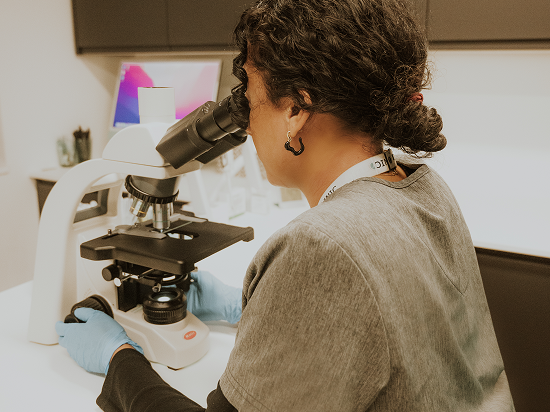The male reproductive system is an interconnected biological framework of organs, glands, and hormones that work together to produce and deliver healthy sperm. Every component of the male reproductive anatomy plays a vital role in the reproduction of male gametes, and when functioning well, it supports strong fertility potential. When these components are healthy, they promote the development of good sperm and successful conception. Understanding how the male reproductive system works empowers men to identify early warning signs and take proactive steps to protect reproductive health.
This guide explores the male reproductive system and its role in fertility.
Primary male reproductive organs and their functions
The different male reproductive organs have interconnected functions. This is how:
1. Testicles (Testes)
These are the primary organs for sperm and testosterone production. Positioned within the scrotum, they maintain the right temperature required to support healthy sperm development. The scrotum contracts closer to the body in cold conditions and relaxes away from the body when warm.
2. Epididymis
Each testicle connects to an epididymis, where sperm are stored and mature over several weeks. During this maturation process, the sperm gain the motility necessary to fertilise eggs successfully.
3. Vas deferens
The vas deferens transfers mature sperm from the epididymis toward the urethra during ejaculation.
4. Penis and Urethra
Another essential component of male reproductive anatomy is the urethra, which is the final channel through which sperm are released from the body. This duct runs from the penis and connects to the bladder, fulfilling two functions, which are reproduction and urination.
Supporting glands and fluid production
Several accessory glands work for male fertility by producing seminal fluid that mixes with sperm:
1. Prostate gland
Produces alkaline secretions that protect sperm from acidic environments within the female reproductive tract.
2. Seminal vesicles
Adds fructose, proteins, and other nutrients that nourish sperm.
3. Cowper’s glands
Produces pre-ejaculatory fluid that neutralises urethral acidity and provides lubrication.
These glands determine semen volume, consistency, and healthy semen colour, all of which affect sperm survival and fertilisation success. Proper gland function is therefore crucial for fertility outcomes.
Hormonal control of male reproduction
-
Hypothalamus
The hypothalamus releases GnRH, which directs the pituitary gland to produce LH and FSH.
-
Pituitary gland
Produces LH and FSH, which reach the testicles to stimulate testosterone production and sperm development.
-
Testosterone
Maintains male characteristics and stimulates the production of sperm throughout life. This hormone also influences libido, body mass, and bone density.
When hormone levels become imbalanced, issues arise that may require medical intervention to improve male fertility.
Age also influences hormone production, and after the age of 30, testosterone levels will generally reduce. Lifestyle, stress, and medical conditions can also affect hormonal balance and reproductive function.
Factors that affect male reproduction
Several factors affect the performance and fertility potential of the male. Those are:
- Physical conditions such as varicoceles, infections, blood vessel blockage, or genetic issues can lead to low sperm count.
- Lifestyle factors such as bad eating, smoking, overdrinking, and poor exercise habits
- Exposure to the environment, such as heat, radiation, chemicals, or specific medication
- Medical issues such as diabetes, obesity, or past surgery
Men should watch for signs of unhealthy sperm, and understanding semen analysis can help identify issues such as changes in semen appearance, less volume, or difficulty conceiving.
First steps you can take today:
- Schedule a semen analysis test
- Avoid long heat exposure
- Maintain a balanced diet and regular exercise routine
- Get a hormonal evaluation if experiencing low libido or energy
Conclusion
The reproduction of male gametes depends on the coordinated function of the testicles, the accessory glands, and the hormonal systems. Understanding the male reproductive anatomy helps men to take early, proactive steps towards protecting fertility health. In case you are worried about the quality of sperm or have a hormonal imbalance, an early evaluation will help ensure better success in treatment.
Take action now, and schedule an appointment at The Male Fertility Clinic to undertake full fertility testing, including advanced diagnostic services, bespoke advice, and solutions to your fertility issues.


